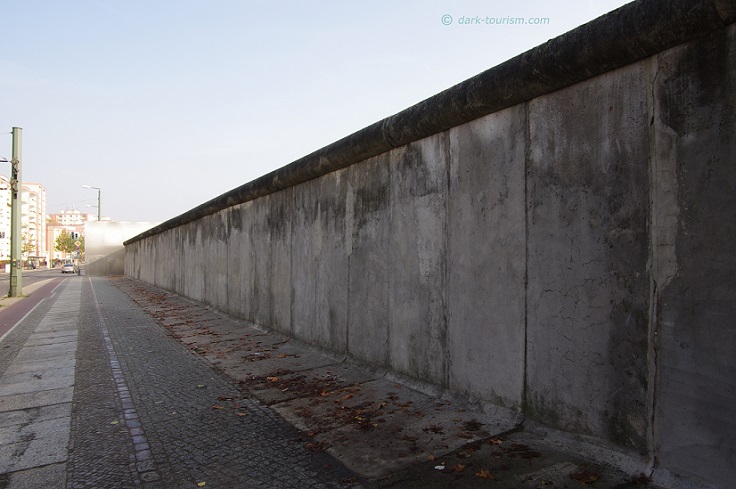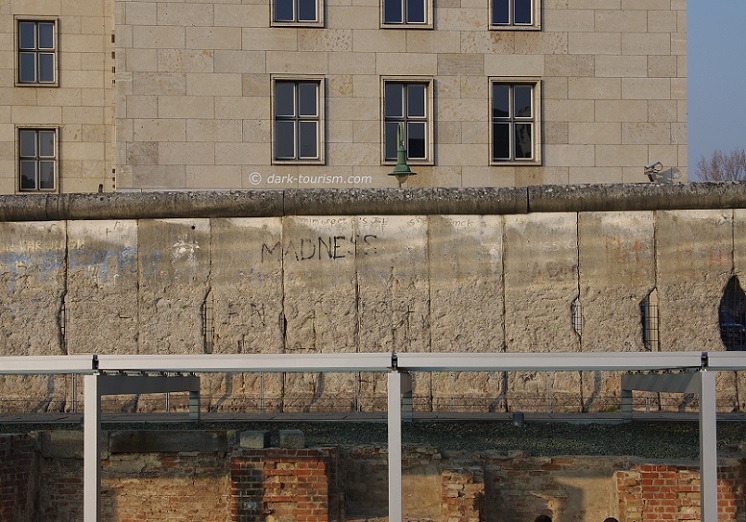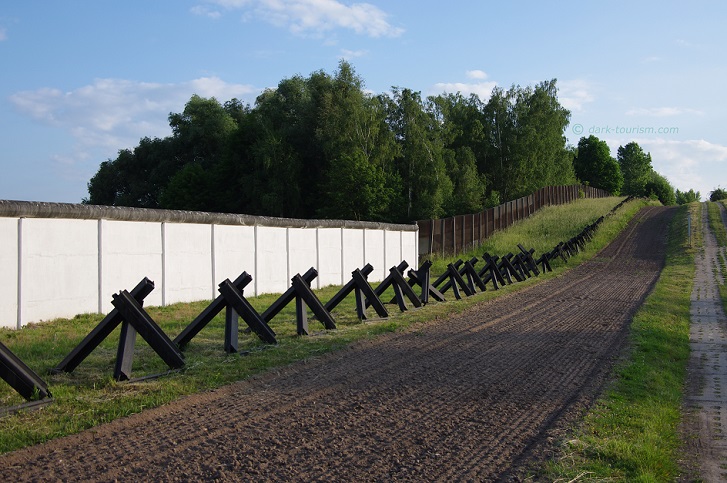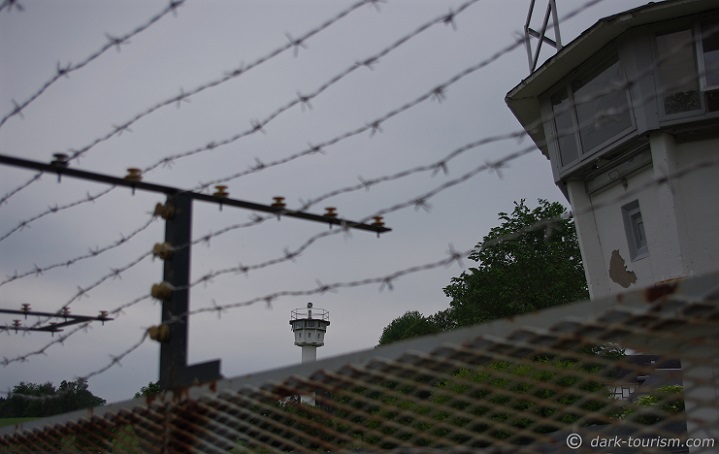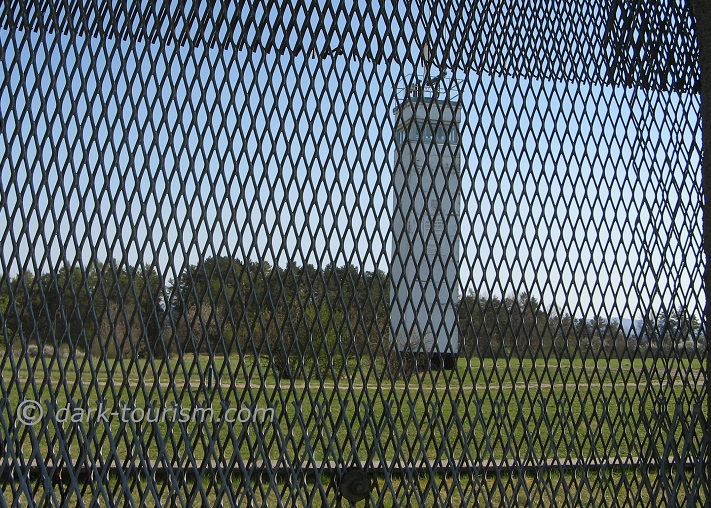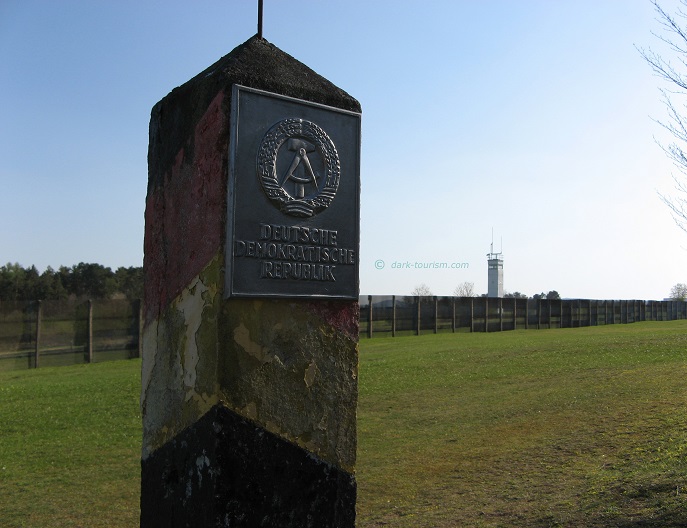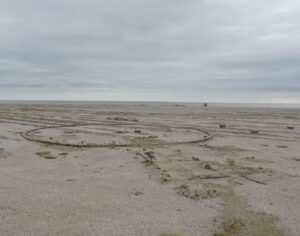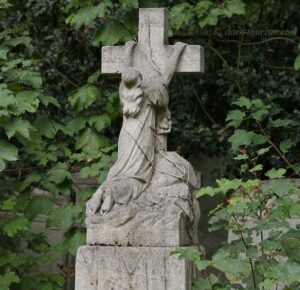On this day it’s 9 November, so a 9/11, but in European day-month date writing convention rather than the American month-day custom.
And a very historic date it is too – especially for German twentieth century history. In 1918 the Kaiser abdicated, thus ending the second German Reich and the country became a republic. That was short-lived, as we all know. An early attempt of the Nazis to seize power, the so-called Beer Hall Putsch in Munich, was crushed by police on this date in 1923, but only ten years later Hitler was firmly at the top. One of the worst Nazi crimes before World War Two was also on this date, namely in 1938 in the so-called Kristallnacht (‘Crystal Night or Night of Broken Glass’), now usually referred to simply as the “November Pogroms”, when Nazi mobs attacked and destroyed hundreds of synagogues and Jewish-owned shops and businesses and mistreated and even murdered hundreds of Jews; some 30,000 Jews were sent to concentration camps.
But it wasn’t all dark on 9 November. In 1989 it was on this date that the Berlin Wall “fell”. In actual fact it was just that the border crossing points between East and West Berlin were opened, but soon after people began hacking at the Berlin Wall. A bit later the Wall was actually dismantled systematically. And so the most iconic symbol of the Cold War, the most fortified and secured stretch of the Iron Curtain, disappeared. Almost all of it, that is.
In Berlin itself a few short stretches of the Wall can still be found, and at the official Berlin Wall Memorial Centre at Bernauer Straße, a reconstruction of the “death strip” behind the outer wall has been added. But none of this can really recreate the look of the menacing border security strip snaking through the city with signal wires, patrol tracks for border security guards with machine guns, watchtowers at regular intervals and floodlights illuminating everything all night. A few stretches of the main border, i.e. outside Berlin between the GDR and the FRG, have also been preserved, and some of these actually convey a better impression of what the Berlin Wall looked like than anything within that city, especially at Hötensleben.
The topic of that border, and the Berlin Wall, naturally featured repeatedly on my DT Facebook page before it was purged, so this is another opportunity to dig into my archives and republish some of the photos I had used on that FB page in posts on this topic. Here we go:

